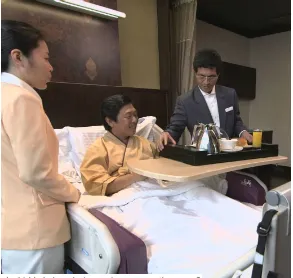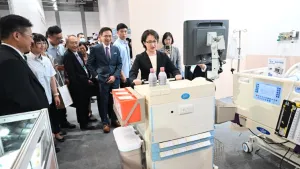
Where are the Indonesians?
Is medical tourism now one of Singapore's weak spots?
Conventional wisdom states that when you build a new hospital in Singapore, foreign patients will inevitably come. But what if they stop coming? Singapore is finding out that it may just be at the point where its best-in-class hospitals are too pricey for many of the wealthy foreigners they were relying on to fill up their beds.
IHH Healthcare, the bellwether listed healthcare firm that runs the Mount Elizabeth hospitals, among others, recently noticed that its Indonesian patient numbers were down. Indonesians have long been the dominant force in medical tourism to Singapore and the fact that they are no longer coming to the same extent should be of some concern.
Part of the reason is the weakness in the Indonesian currency, which has dropped almost 20% against the
Singapore dollar over the year. Add to that wage inflation, which has been running red hot in Singapore, and it’s a recipe for more expensive healthcare.
IHH was forced to raise wages by 13%, and wages account for a third of their revenues. The group did see an increase in local patients and foreign patients from nontraditional markets such as the Middle East and Myanmar which made up for the drop in Indonesians.
IHH reckons that emerging markets will see strong demand for quality private healthcare, in the face of changing demographics in its home markets, rising affluence and an increasing number of medical travellers from non-traditional markets. That is a good thing for IHH, but it does beg the questions: where have all the Indonesians gone and just how much medical inflation can Singapore bear and remain competitive?
The group is also diversifying; most recently buying Radlink-Asia, outpatient diagnostic and molecular imaging services firm, from Fortis Healthcare Singapore for S$137m. The days of relying on Indonesian patients to fill ever more private hospital beds in Singapore has ended.


















 Advertise
Advertise


